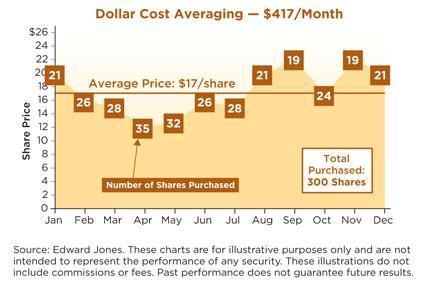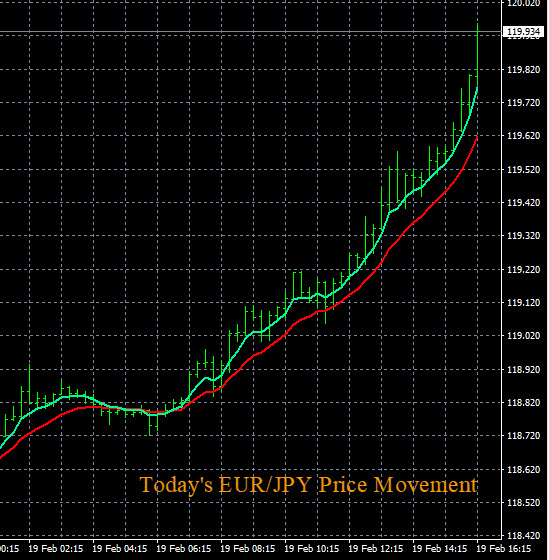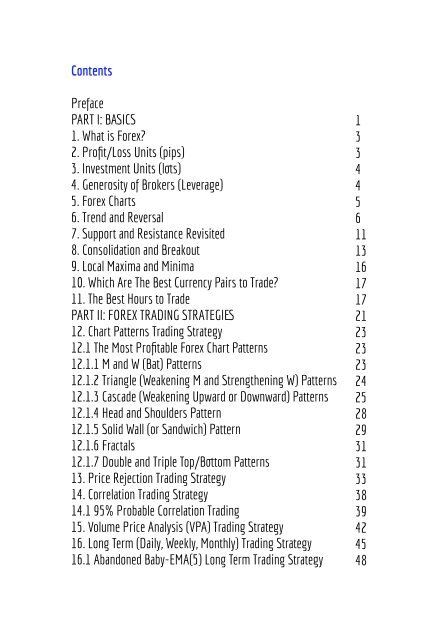
Option on Futures is a great option for those who are new to the stock exchange. These contracts work in the same manner as equity options, but the underlying security they represent is a futures contract. A call option on futures gives you the right to buy a futures contract at a specified price. A put option allows the seller to sell a futures agreement at a predetermined price. This article provides more information on index options.
Futures options
Investors trade options on futures from a variety of markets. Options trading on futures offers investors greater returns and greater control over their underlying. Futures options may move in any given day. Traders should research and double check their orders before executing them. While options are the most complicated and risky of all exchange traded products, they are also the most lucrative. However, these options are not for the inexperienced.
Futures options allow investors to hedge against a decline in the price of an underlying futures instrument. Futures options give investors the right to purchase or sell an underlying security, such as an index or currency. Futures options let investors speculate on the future market value and make a profit betting on its movement. You need to be familiar with options trading and futures in order to understand futures options.

Call options
When it comes to agricultural commodities, there are many types of options available to investors. Some prefer calling options while others prefer the option of putting. They are both similar in nature but not leveraged. Farmers can, for instance, use options to hedge against the effects of bad weather. You should note, however, that the prices for options are often more expensive than the underlying product. Investing in agricultural commodities with low risk is the best way of using them.
Put options
The derivatives of futures contracts called put options, which are used to determine the price of physical commodities, are called put options on futures. They are offered on all major commodity exchanges. Put options are calculated on implied volatility. This refers to the amount of variance that the market consensus thinks will exist. You can sell your put option to lock your profit if the market moves in favor of you. Selling put options is risky.
Although options and futures can have different leverages they are still leveraged products. When trading futures, you must keep in mind the margin requirements. As of the writing, futures contracts have a margin of $6300. If the futures price goes up by 25%, the option buyer will not exercise the option. Rather, the buyer will let the option expire worthless, making the money transfered only the premium. If the futures price falls below its strike price, you will not make any profit.
Index options
Stock index futures give investors exposure to a basket of shares. These derivatives allow portfolio managers to reduce risk and hedge against price movements. Index futures are cash settled and easily available to members of the JSE's Equity Derivatives service. You can buy and sell index options from the JSE, but the list of options is not exhaustive. The JSE has a range of products, and the options below are just a few.

Consider an example: An investor purchases a call options on Index X for $11 and it has a strike of 505. The call option is worth exactly 500 at this price. The option buyer can lose no more than $100. The remainder of the $48,900 goes to some other investment. Investors will be paid $2,500 if the index rises above the strike price. This is less than the $100 upfront premium.
FAQ
What is the distinction between marketable and not-marketable securities
Non-marketable securities are less liquid, have lower trading volumes and incur higher transaction costs. Marketable securities are traded on exchanges, and have higher liquidity and trading volumes. You also get better price discovery since they trade all the time. There are exceptions to this rule. For example, some mutual funds are only open to institutional investors and therefore do not trade on public markets.
Non-marketable securities tend to be riskier than marketable ones. They have lower yields and need higher initial capital deposits. Marketable securities are usually safer and more manageable than non-marketable securities.
A large corporation bond has a greater chance of being paid back than a smaller bond. This is because the former may have a strong balance sheet, while the latter might not.
Because they can make higher portfolio returns, investment companies prefer to hold marketable securities.
What is security on the stock market?
Security is an asset that generates income for its owner. Most common security type is shares in companies.
Different types of securities can be issued by a company, including bonds, preferred stock, and common stock.
The earnings per shared (EPS) as well dividends paid determine the value of the share.
When you buy a share, you own part of the business and have a claim on future profits. If the company pays you a dividend, it will pay you money.
You can sell shares at any moment.
What is a mutual-fund?
Mutual funds are pools of money invested in securities. They offer diversification by allowing all types and investments to be included in the pool. This helps reduce risk.
Mutual funds are managed by professional managers who look after the fund's investment decisions. Some funds let investors manage their portfolios.
Mutual funds are more popular than individual stocks, as they are simpler to understand and have lower risk.
What is security in a stock?
Security refers to an investment instrument whose price is dependent on another company. It could be issued by a corporation, government, or other entity (e.g. prefer stocks). The issuer promises to pay dividends and repay debt obligations to creditors. Investors may also be entitled to capital return if the value of the underlying asset falls.
What are the pros of investing through a Mutual Fund?
-
Low cost – buying shares directly from companies is costly. It's cheaper to purchase shares through a mutual trust.
-
Diversification is a feature of most mutual funds that includes a variety securities. One security's value will decrease and others will go up.
-
Professional management - professional managers make sure that the fund invests only in those securities that are appropriate for its objectives.
-
Liquidity - mutual funds offer ready access to cash. You can withdraw your money at any time.
-
Tax efficiency - mutual funds are tax efficient. So, your capital gains and losses are not a concern until you sell the shares.
-
No transaction costs - no commissions are charged for buying and selling shares.
-
Mutual funds are simple to use. All you need is a bank account and some money.
-
Flexibility: You have the freedom to change your holdings at any time without additional charges.
-
Access to information – You can access the fund's activities and monitor its performance.
-
Investment advice – you can ask questions to the fund manager and get their answers.
-
Security – You can see exactly what level of security you hold.
-
Control - The fund can be controlled in how it invests.
-
Portfolio tracking: You can track your portfolio's performance over time.
-
You can withdraw your money easily from the fund.
What are the disadvantages of investing with mutual funds?
-
Limited investment opportunities - mutual funds may not offer all investment opportunities.
-
High expense ratio: Brokerage fees, administrative fees, as well as operating expenses, are all expenses that come with owning a part of a mutual funds. These expenses can impact your return.
-
Lack of liquidity - many mutual fund do not accept deposits. They must only be purchased in cash. This limits the amount of money you can invest.
-
Poor customer support - customers cannot complain to a single person about issues with mutual funds. Instead, you will need to deal with the administrators, brokers, salespeople and fund managers.
-
Rigorous - Insolvency of the fund could mean you lose everything
Statistics
- Ratchet down that 10% if you don't yet have a healthy emergency fund and 10% to 15% of your income funneled into a retirement savings account. (nerdwallet.com)
- Even if you find talent for trading stocks, allocating more than 10% of your portfolio to an individual stock can expose your savings to too much volatility. (nerdwallet.com)
- Our focus on Main Street investors reflects the fact that American households own $38 trillion worth of equities, more than 59 percent of the U.S. equity market either directly or indirectly through mutual funds, retirement accounts, and other investments. (sec.gov)
- The S&P 500 has grown about 10.5% per year since its establishment in the 1920s. (investopedia.com)
External Links
How To
How to open and manage a trading account
Opening a brokerage account is the first step. There are many brokers available, each offering different services. Some charge fees while others do not. Etrade, TD Ameritrade Fidelity Schwab Scottrade Interactive Brokers are some of the most popular brokerages.
Once you have opened your account, it is time to decide what type of account you want. One of these options should be chosen:
-
Individual Retirement Accounts (IRAs)
-
Roth Individual Retirement Accounts
-
401(k)s
-
403(b)s
-
SIMPLE IRAs
-
SEP IRAs
-
SIMPLE 401(k).
Each option has its own benefits. IRA accounts have tax advantages but require more paperwork than other options. Roth IRAs allow investors deductions from their taxable income. However, they can't be used to withdraw funds. SIMPLE IRAs and SEP IRAs can both be funded using employer matching money. SIMPLE IRAs are very simple and easy to set up. They allow employees to contribute pre-tax dollars and receive matching contributions from employers.
Finally, determine how much capital you would like to invest. This is the initial deposit. A majority of brokers will offer you a range depending on the return you desire. For example, you may be offered $5,000-$10,000 depending on your desired rate of return. The lower end of this range represents a conservative approach, and the upper end represents a risky approach.
After deciding on the type of account you want, you need to decide how much money you want to be invested. Each broker has minimum amounts that you must invest. The minimum amounts you must invest vary among brokers. Make sure to check with each broker.
After choosing the type account that suits your needs and the amount you are willing to invest, you can choose a broker. You should look at the following factors before selecting a broker:
-
Fees-Ensure that fees are transparent and reasonable. Brokers will often offer rebates or free trades to cover up fees. However, many brokers increase their fees after your first trade. Be wary of any broker who tries to trick you into paying extra fees.
-
Customer service - Find customer service representatives who have a good knowledge of their products and are able to quickly answer any questions.
-
Security - Look for a broker who offers security features like multi-signature technology or two-factor authentication.
-
Mobile apps - Make sure you check if your broker has mobile apps that allow you to access your portfolio from anywhere with your smartphone.
-
Social media presence - Find out if the broker has an active social media presence. If they don't, then it might be time to move on.
-
Technology - Does the broker utilize cutting-edge technology Is the trading platform intuitive? Are there any problems with the trading platform?
After you have chosen a broker, sign up for an account. Some brokers offer free trials while others require you to pay a fee. After signing up, you'll need to confirm your email address, phone number, and password. Next, you'll have to give personal information such your name, date and social security numbers. The last step is to provide proof of identification in order to confirm your identity.
Once verified, your new brokerage firm will begin sending you emails. You should carefully read the emails as they contain important information regarding your account. These emails will inform you about the assets that you can sell and which types of transactions you have available. You also learn the fees involved. Keep track of any promotions your broker offers. These could be referral bonuses, contests or even free trades.
Next, you will need to open an account online. An online account can usually be opened through a third party website such as TradeStation, Interactive Brokers, or any other similar site. Both websites are great resources for beginners. When you open an account, you will usually need to provide your full address, telephone number, email address, as well as other information. After this information has been submitted, you will be given an activation number. You can use this code to log on to your account, and complete the process.
Once you have opened a new account, you are ready to start investing.